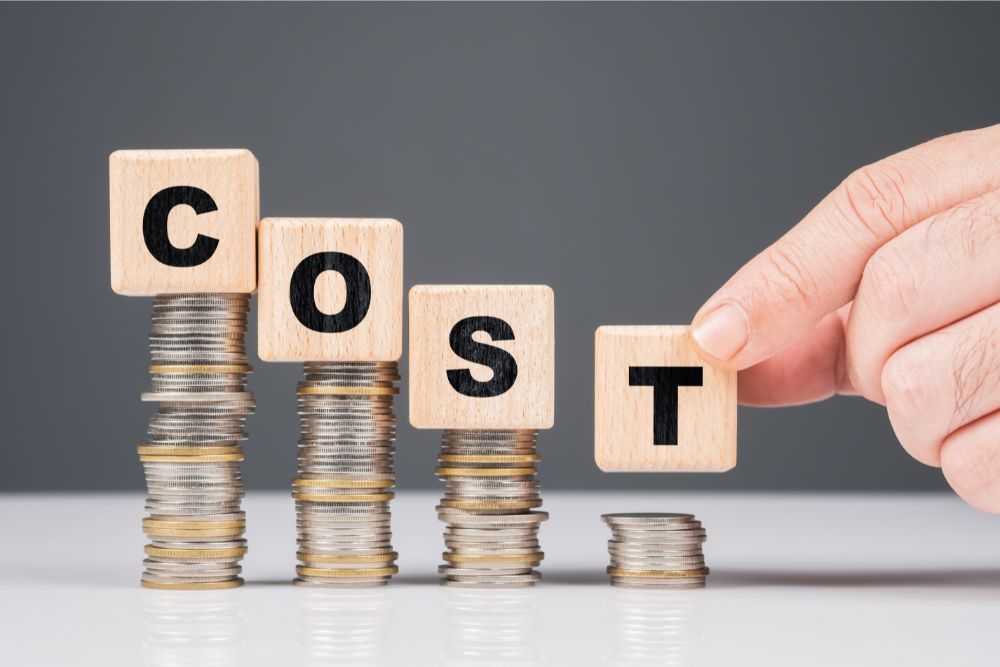There is no doubt that driving a car gives you both freedom and an easy way to get to your destination, particularly if you have a family or a large amount of luggage. However, in today’s economic climate, owning a car can be expensive so here we are going to look at seven ways to reduce your driving costs.
1. Fuel Efficiency
Fuel costs have been on the rise over recent years and it is the one element that will consume most of your driving budget. However, there are a number of steps you can take to make both your car and driving more fuel-efficient.
- Drive as smoothly as possible, avoiding harsh acceleration and braking
- Keep the engine revs between about 2,000 and 4,000, as the higher the revs, the harder the engine needs to work and the more fuel it will use
- Keep tyres inflated to the recommended psi to lessen drag
- Get rid of any unnecessary weight from the car, including luggage racks, if you don’t use them. This makes the car more aerodynamic and lessens drag, thereby saving fuel
2. Pay Less for Fuel
The next step is to pay less for fuel in the first place. You can also make use of fuel discounts that are handed out quite regularly by the larger supermarket chains and use your loyalty point cards if they are accepted in a garage near you. All these small steps add up to large savings overthe course of a year.
3. Motor Insurance
Car insurance is another big expense but obviously a vital necessity. Use the insurance comparison sites to find the best deal for you. This allows you to compare like for like and ensures that you get the coverage you need while making the most of any no-claims discount.
You can lower the cost of your insurance if you are willing to pay a higher excess. However, make sure that this is affordable and that you have the required money saved in case the worst happens; otherwise, this option probably isn’t for you.
4. Breakdown Cover
It is always worth seeing first if your insurance company provides breakdown coverage, as they will sometimes offer a discount if you purchase both policies together. In fact, cashback sites are worth exploring for all your driving needs, including insurance, parts, repairs and even fuel.
5. Lower-cost MOTs
The MOT cost for your vehicle is fixed; however, if your car needs any repairs, you should again play the comparison game. Many garages will offer a free MOT pre-check so that you can gauge what needs to be done and then price shop.
The other option is to use your local council’s MOT test centre. These do not offer vehicle repairs, only the test itself, so you can rest assured they have no incentive to find any faults with your car above and beyond what is necessary to pass the MOT. You can then get quotes from local garages to carry out the work.
6. Carpooling
If you want to help the environment as well as save some money, carpooling is a good option. Share the daily commute or any long journeys and split the driving costs between you.
Many corporate companies now encourage their staff to car pool as a way of lowering their carbon footprint, so this is one way to find other commuters. You can also use a number of free websites to find fellow travellers near you. Just always be aware of safety issues and ensure the person you are sharing with is vetted carefully.
7. Rent, Don’t Own
Finally, even if after you have made all these savings you are still struggling to meet your driving expenses, it might be worth stepping aside from the world of car ownership. You can always walk or cycle to nearby locations or use public transport for your commute if it is further away.

